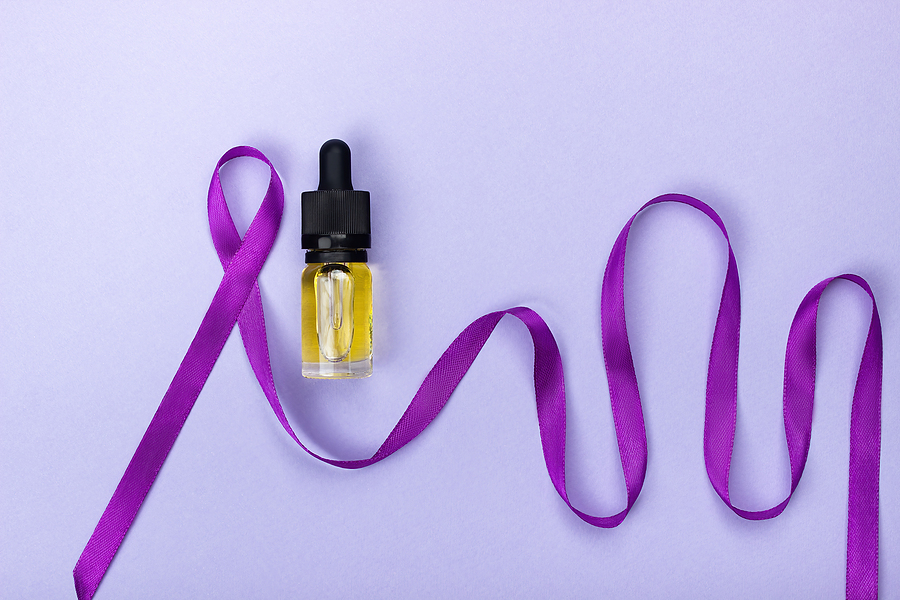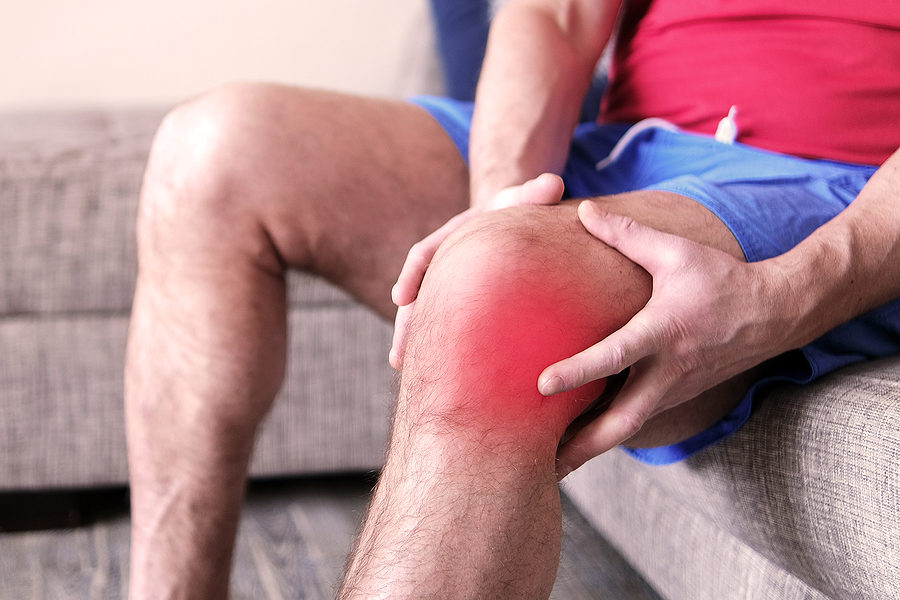CBD for neuropathy
Limited research exists on the role of CBD in treating neuropathy, yet early indications suggest potential benefits. Initial studies demonstrate that CBD may alleviate neuropathic pain and numbness, specifically associated with the feet. It is hypothesized that CBD interacts with core components of the pain-signaling system within the nervous system, potentially reducing inflammation and calming nerves to provide relief from neuropathy symptoms.
However, it is crucial to note that while this evidence offers promising possibilities for pain treatment using CBD for neuropathy, these findings are preliminary, and more comprehensive clinical trials are required to substantiate these claims further.
The exploration of CBD as a viable option for neuropathy treatment continues to generate interest within scientific circles due to its potential capabilities in managing chronic pain conditions like neuropathy.
- There is limited research on CBD’s role in treating neuropathy, but early indications suggest potential benefits.
- CBD may alleviate neuropathic pain and numbness by interacting with the pain-signaling system in the nervous system.
- More comprehensive clinical trials are needed to substantiate the claims of CBD’s efficacy in treating neuropathy.
- Peripheral nerve dysfunction is the cause of the disorder known as neuropathy, which exhibits symptoms like tingling, numbness, sharp pain, and weak sensations.
What is neuropathy?
Defined as a disorder, malfunctioning peripheral nerves give rise to an array of symptoms such as tingling, numbness, sharp pain, and weak sensations in the limbs; these can stem from various conditions including diabetes, physical injuries, shingles, cancer, or HIV. This condition is called peripheral neuropathy.
Chronic pain is a predominant symptom, often requiring pain relief interventions. Diabetic neuropathy is one form in which high blood sugar injures nerves throughout the body. Neuropathic nociception refers to the abnormal perception of pain by the nervous system.
Damage from the drugs used to treat cancer results in chemotherapy-induced peripheral neuropathy. Research highlights that cB receptors may play a key role in mediating these conditions and could potentially provide therapeutic benefits for sufferers.
Can CBD help neuropathy?
Potential benefits for peripheral nerve disorders may be discerned through the study of cannabidiol’s interaction with the endocannabinoid system, particularly its affinity for CB1 and CB2 receptors. The neuroprotective and anti-inflammatory properties of CBD could potentially alleviate neuropathy symptoms. Evidence suggests that CBD’s interaction with these receptors can modulate pain and inflammation, both of which are main concerns in managing neuropathy.
However, more rigorous clinical trials are necessary to confirm its therapeutic benefits definitively. These studies would significantly contribute to understanding CBD’s exact mechanism for alleviating neuropathic pain and inflammation.
Is taking CBD for neuropathy safe?
Safety considerations for the use of cannabidiol in managing neuropathic conditions encompass potential interactions with medications and supplements, cautionary advice for pregnant individuals and those under 18, as well as common side effects.
Cannabis products, especially oil, necessitate thorough examination to ascertain their purity and concentration. A Certificate of Analysis (COA) can provide this information.
Topical products may present fewer risks but require proper administration to ensure effectiveness.
Evidence from clinical trials indicates that adverse events from active treatment with cannabidiol are uncommon but possible, underscoring the need for guidance from a qualified healthcare professional before initiating any regimen involving these products.
Thus, safety should be a primary consideration when utilizing cannabidiol for neuropathy management.
What to look for
In the quest for effective utilization of cannabidiol (CBD) in managing neuropathy, careful attention must be paid to three critical parameters: potency, quality, and ingredients.
The potency of CBD products directly affects their therapeutic efficacy, and the quality is frequently a sign of safety and dependability; as a result, these factors require careful consideration and empirical support from clinical trials and studies.
Furthermore, a detailed examination of the ingredients used in CBD formulations is paramount, as they hold implications for both effectiveness and potential adverse effects.
Potency
Variation in the potency of CBD products, especially in terms of the actual amount of CBD per serving, necessitates careful dosing strategies such as starting low and gradually increasing. This strategy enables tailoring to an individual’s unique physiological response, which can vary due to factors like receptor sensitivity or mitochondrial function.
In clinical trials, this approach has shown promise for conditions like cancer, where cannabinoid receptors play a pivotal role. Product details indicating amino acid content further contribute to understanding a biological product’s potency since these compounds influence cannabinoid activity.
Importantly, some products may contain CB antagonists that reduce CBD’s effectiveness. Hence, meticulous evaluation of product information is crucial for effective usage and deriving optimal benefits from CBD products.
Quality
Quality considerations are paramount when selecting cannabinoid products, as they significantly impact the product’s efficacy and safety. In choosing CBD for neuropathy treatment, certificates of analysis (COA) and third-party testing verification serve to confirm a product’s claims. The Food and Drug Administration (FDA), or the US Food and Drug Administration in particular, has released warning letters highlighting quality concerns. Thus, researching these along with the company’s reputation is essential.
Ingredients
Additives, artificial flavorings, preservatives, and colors can affect the overall effectiveness and safety of the product.
Different types of cannabinoids have been studied in various models, such as mice. Specifically, PTX-treated mice and female CBL mice have been used in these studies. An emphasis has been placed on examining the impact on hta receptors, which play a significant role in pain modulation.
Additionally, these studies highlight the importance of testing for contaminants like heavy metals. Contaminants could jeopardize the safety of the product.
Therefore, a comprehensive analysis of ingredients is paramount to ensuring effective neuropathic pain management with cannabinoid products.
How to use
Understanding the methods of CBD usage, such as sublingual administration for faster effects and topical application for localized relief, is crucial to navigating its potential benefits for neuropathy.
Sublingual administration involves placing drops of CBD oil under the tongue, where it is quickly absorbed into the bloodstream, providing rapid relief.
Topical application allows direct targeting of affected areas, potentially easing pain and inflammation associated with neuropathy.
Starting with a low dose is recommended due to the variability in individual body chemistry, product potency, and body weight.
By gradually increasing the dosage based on personal assessment of effects and tolerability, optimal therapeutic benefits can be achieved while minimizing side effects.
This approach aligns with evidence from clinical trials emphasizing careful titration in CBD dosing strategies.
Conclusion
In conclusion, research on the use of CBD for neuropathy continues to evolve. Preliminary findings suggest potential therapeutic benefits in mitigating neuropathic pain and improving quality of life.
However, further comprehensive clinical trials are necessary to validate these claims and establish dosage guidelines. Safety remains an essential consideration, with reported side effects requiring careful monitoring.
It is critical to consult healthcare professionals prior to initiating any new treatment regimen involving CBD products.
FAQs
CBD may help relieve neuropathic pain and reduce inflammation. Some studies suggest that CBD may have neuroprotective properties, which can be beneficial for people with neuropathy.
CBD interacts with the endocannabinoid system in the body, which plays a role in regulating pain and inflammation. It can help modulate the pain signals and reduce inflammation, providing relief for neuropathy symptoms.
The best CBD products for neuropathy may vary depending on individual preferences and needs. However, some popular choices include CBD oils, creams, capsules, and edibles. It’s important to choose a high-quality CBD product that is third-party tested for purity and potency.
The dosage of CBD for neuropathy may vary depending on factors such as body weight, individual sensitivity, and the severity of symptoms. It’s recommended to start with a low dosage and gradually increase until the desired effects are achieved. Consult with a healthcare professional for personalized dosage recommendations.
CBD is generally well-tolerated, but some people may experience minor side effects such as dry mouth, drowsiness, or changes in appetite. It’s important to start with a low dosage and monitor your body’s response. If you experience any severe or persistent side effects, discontinue use and consult with a healthcare professional.
The legality of CBD varies depending on the country and state. In many countries, CBD derived from hemp with less than 0.3% THC is legal. However, it’s important to check the specific laws and regulations in your jurisdiction.
Resources:
Langford, R. M., et al. “A double-blind, randomized, placebo-controlled, parallel-group study of THC/CBD oromucosal spray in combination with the existing treatment regimen, in the relief of central neuropathic pain in patients with multiple sclerosis.” Journal of neurology 260 (2013): 984-997. https://www.researchgate.net/profile/Stuart-Ratcliffe/publication/233770159_A_double-blind_randomized_placebo-controlled_parallel-group_study_of_THCCBD_oromucosal_spray_in_combination_with_the_existing_treatment_regimen_in_the_relief_of_central_neuropathic_pain_in_patients_wi/links/57d8111a08ae6399a39912da/A-double-blind-randomized-placebo-controlled-parallel-group-study-of-THC-CBD-oromucosal-spray-in-combination-with-the-existing-treatment-regimen-in-the-relief-of-central-neuropathic-pain-in-patien.pdf
Casey, Sherelle L., Nicholas Atwal, and Christopher W. Vaughan. “Cannabis constituent synergy in a mouse neuropathic pain model.” Pain 158.12 (2017): 2452-2460. https://www.academia.edu/download/99565500/j.pain.000000000000105120230308-1-j4ixmm.pdf
Mlost, Jakub, Marta Bryk, and Katarzyna Starowicz. “Cannabidiol for pain treatment: focus on pharmacology and mechanism of action.” International journal of molecular sciences 21.22 (2020): 8870. https://www.mdpi.com/1422-0067/21/22/8870/pdf










